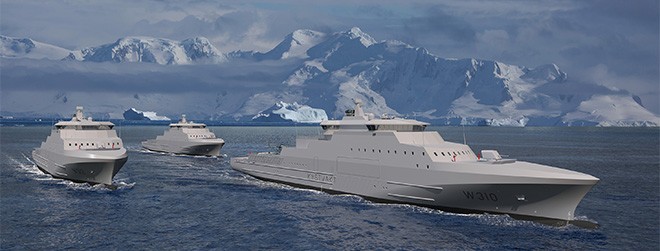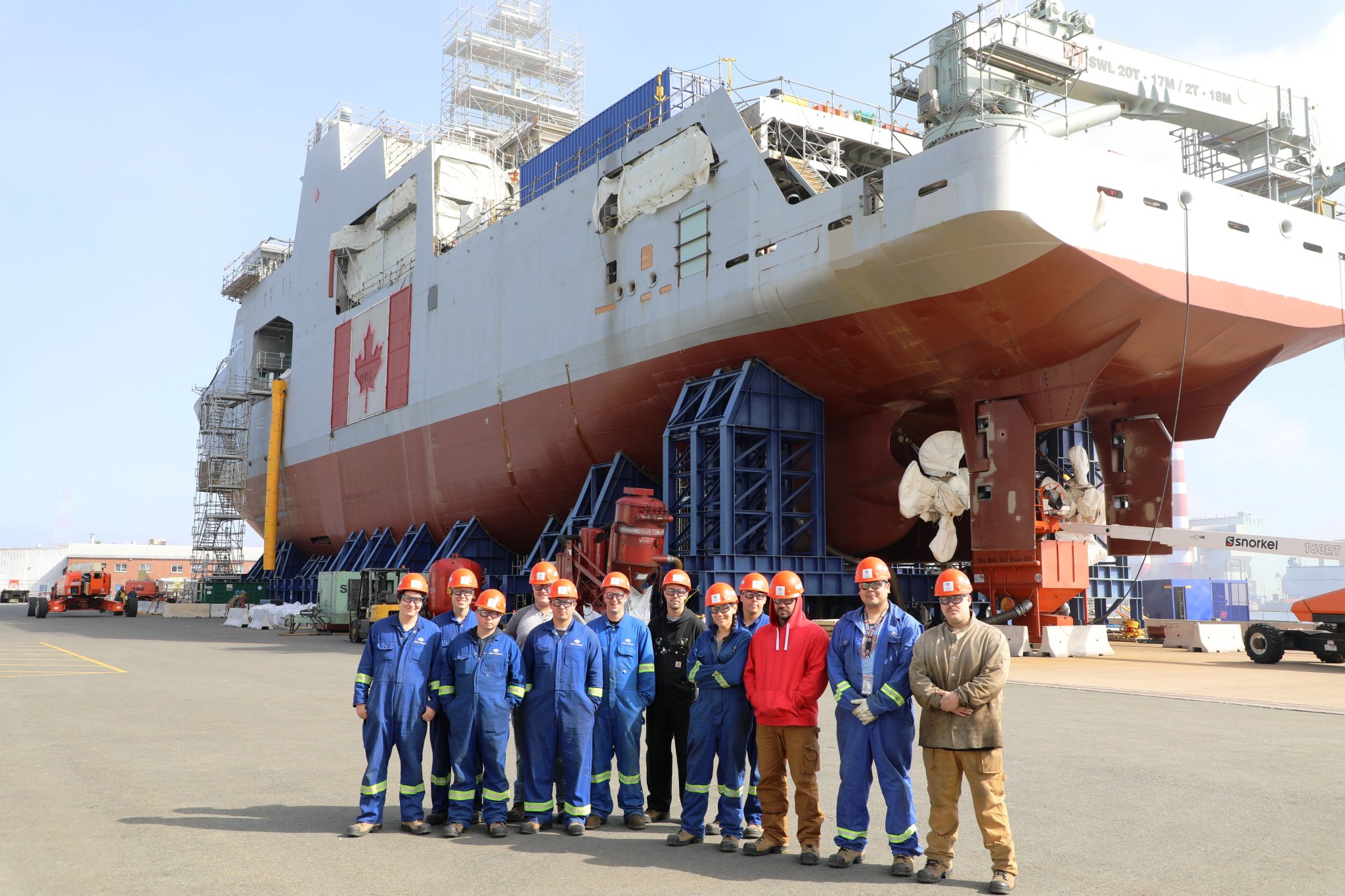Norway's new Coast Guard vessels for Arctic waters
With a length of 136 meters, the three will be the largest Coast Guard vessels sailing the European Arctic.
Norway’s Ministry of Defense on Monday signed contract with VARD Langsten yard for construction of the three ice-classed Coast Guard vessels. The contract has a value of 5,2 billion kroner (€552 million).
The vessels will be specially designed to withstand operations in demanding Arctic areas, but will as well be capable of sailing in worldwide operations in all weather and sea conditions. Keywords are strong ocean-going capacities, long-distance transits, search-and-rescue operations, surveillance and oil-recovery.
For Norway, these capabilities are important in a time when the Coast Guard gets more waters to patrol as the sea-ice in the Arctic melts away in the northern Barents Sea and Arctic Ocean north of Svalbard.
Deliveries are set to beginning of 2022, 2023 and 2024 [emphasis added] and the three vessels are to replace the current Nordkapp-class Coast Guard vessels, «KV Nordkapp», «KV Senja» and «KV Andenes»...
VARD Langsten yard is the same yard that built Norway’s current largest Coast Guard vessel «KV Svalbard».
https://thebarentsobserver.com/en/security/2018/06/norways-news-coast-guard-vessels-arctic-waters





